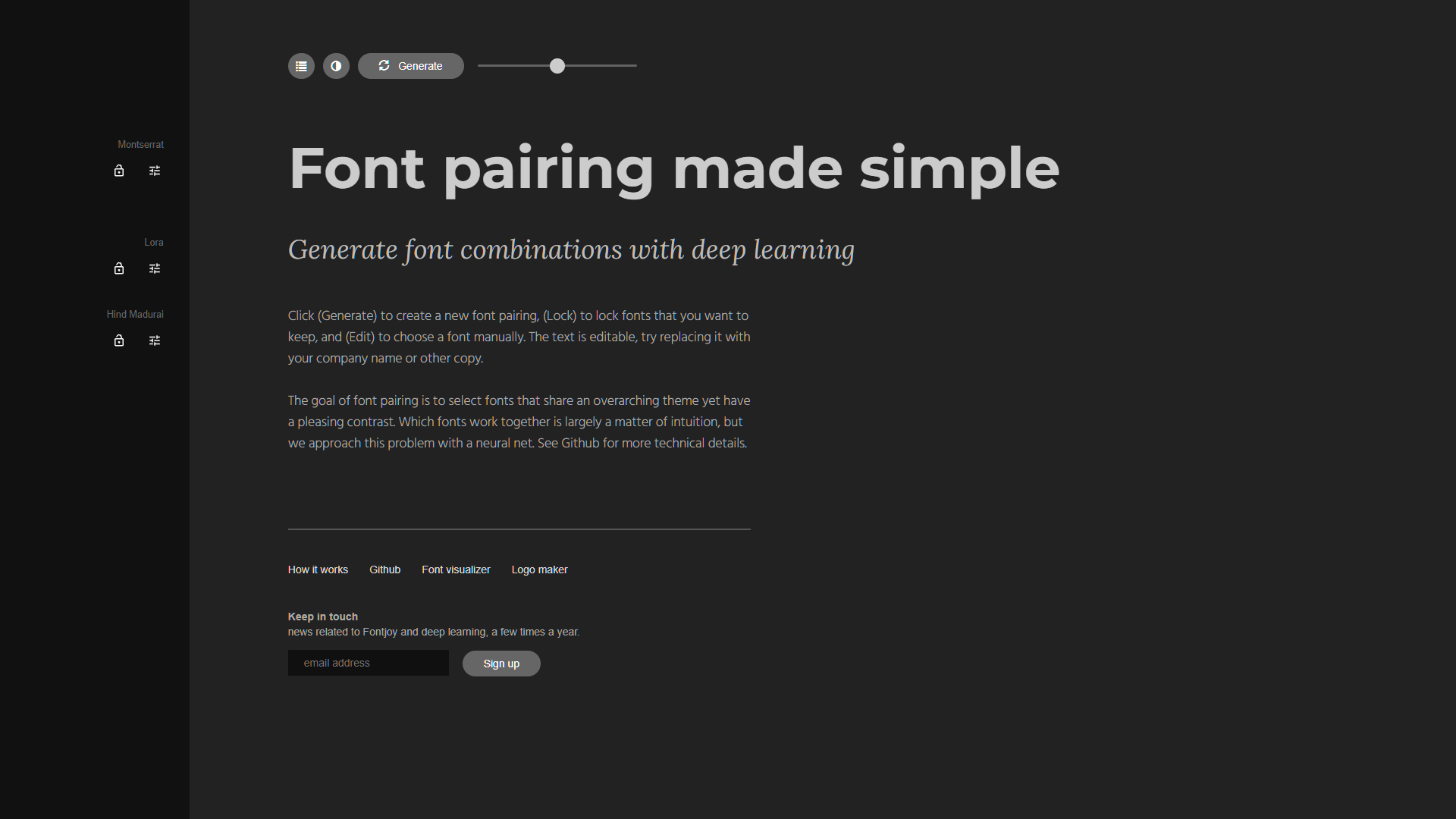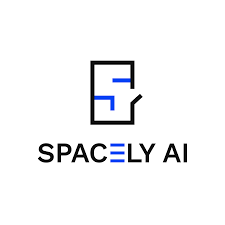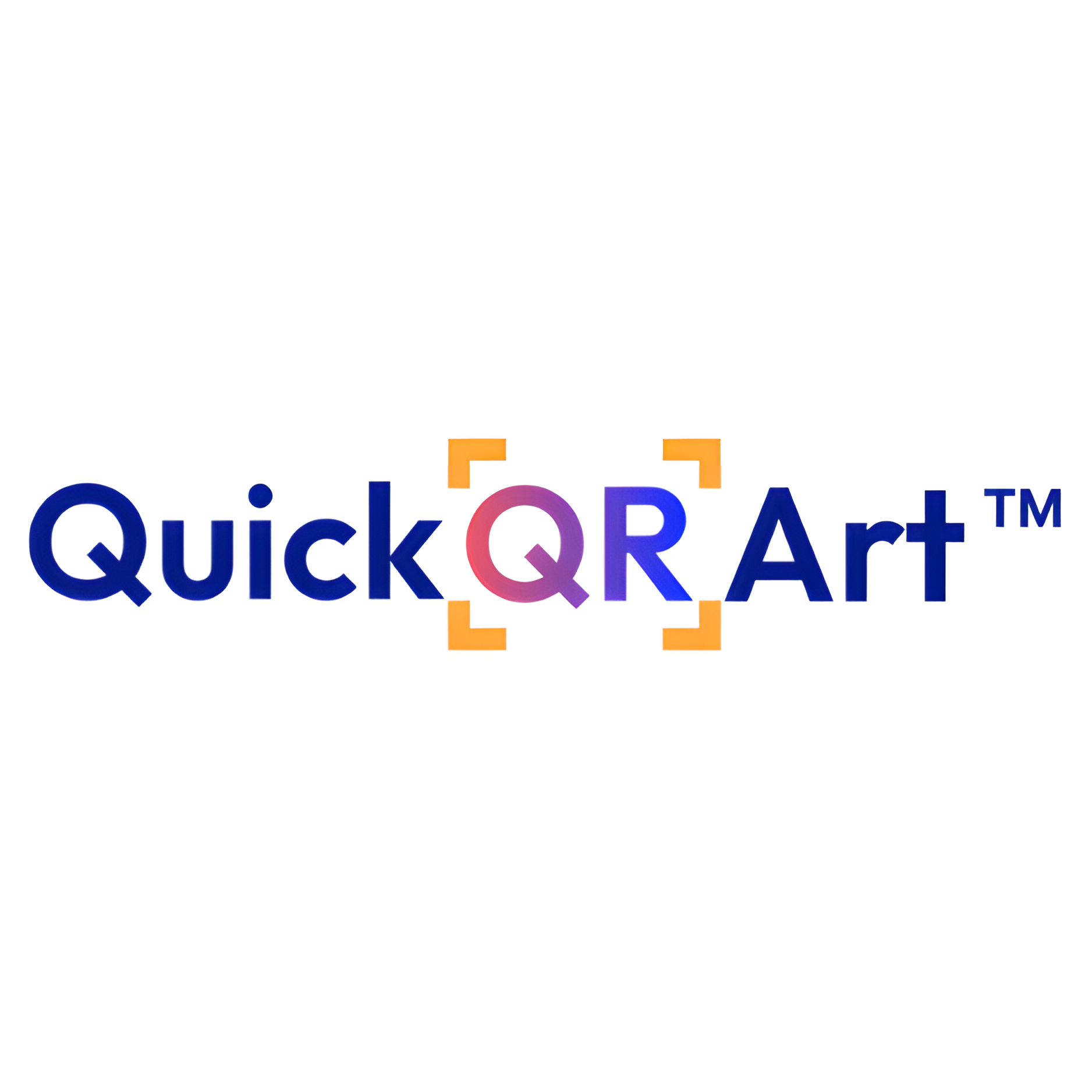Overview
Fontjoy is an innovative online tool designed to assist both amateur and professional designers in creating visually appealing font pairings with ease. Leveraging the power of deep learning, Fontjoy analyzes and suggests font combinations that not only complement each other but also maintain a thematic coherence and pleasing contrast. This ensures that the text elements of any project are both aesthetically pleasing and functionally effective.
The user interface of Fontjoy is straightforward and user-friendly. With a simple click, users can generate new font pairings, which can be a great source of inspiration for those looking to enhance the typography in their projects. If users find a combination they like, they have the option to 'lock' that selection and shuffle through alternatives for the other font, allowing for customized pairings that suit specific design needs.
For those who prefer a more hands-on approach, Fontjoy also offers the ability to manually select from a wide array of popular fonts including Roboto, Open Sans, Lato, Montserrat, Raleway, Playfair Display, Noto Sans, among others. This feature caters to users who have specific preferences or requirements for their projects.
Additionally, Fontjoy provides access to its Github page for those interested in the technical details or who wish to contribute to the tool’s development. This transparency and community involvement further enhance the utility and innovative nature of Fontjoy, making it a valuable resource for creating dynamic and effective typography in any design project.
Key features
- Deep learning suggestions: Fontjoy utilizes advanced deep learning algorithms to analyze and suggest font pairings that are visually appealing and thematically consistent.
- Interactive pairing generator: Users can effortlessly generate new font pairings with a simple click, making the process user-friendly and dynamic.
- Font locking feature: This allows users to lock in preferred fonts while experimenting with different combinations, ensuring they retain control over their favorite choices.
- Manual font selection: Provides the flexibility to manually choose from a wide variety of fonts like Roboto, Open Sans, and more, catering to specific design needs.
- Extensive font library: Fontjoy offers a broad selection of fonts including popular choices such as Lato, Montserrat, and Playfair Display, enhancing creative possibilities.
- Github integration: For users interested in the technical aspects or who wish to contribute, Fontjoy provides access to its Github repository for more in-depth information and collaboration.
 Pros
Pros
- Visual harmony analysis: Fontjoy evaluates the visual harmony between fonts, ensuring that the chosen pairings enhance the overall aesthetic appeal of your project.
- Real-time preview: Users can see how their font pairings look in real-time, allowing for immediate adjustments and decisions to achieve the desired visual effect.
- Customizable complexity levels: Fontjoy offers settings to adjust the complexity of font pairings, from simple and clean to more elaborate and decorative styles.
- Seamless web integration: Fontjoy provides easy integration with web projects, allowing designers to directly implement chosen fonts into their online platforms.
- Save and share options: Users can save their favorite font pairings and easily share them with colleagues or clients, facilitating collaborative design processes.
 Cons
Cons
- Overwhelming options: With an extensive font library, users may find it challenging to navigate and choose from the vast array of options without feeling overwhelmed.
- Dependence on algorithms: Relying heavily on deep learning for suggestions might limit user creativity and personal input in the font pairing process.
- Limited custom settings: While the tool offers manual selection and locking features, it may lack advanced customization options for more experienced designers.
- Internet dependency: Fontjoy's online platform requires a stable internet connection, which could be a limitation for users with poor connectivity.
- Generic suggestions: The algorithm might generate pairings that are too safe or common, potentially stifling unique and bold design choices.










